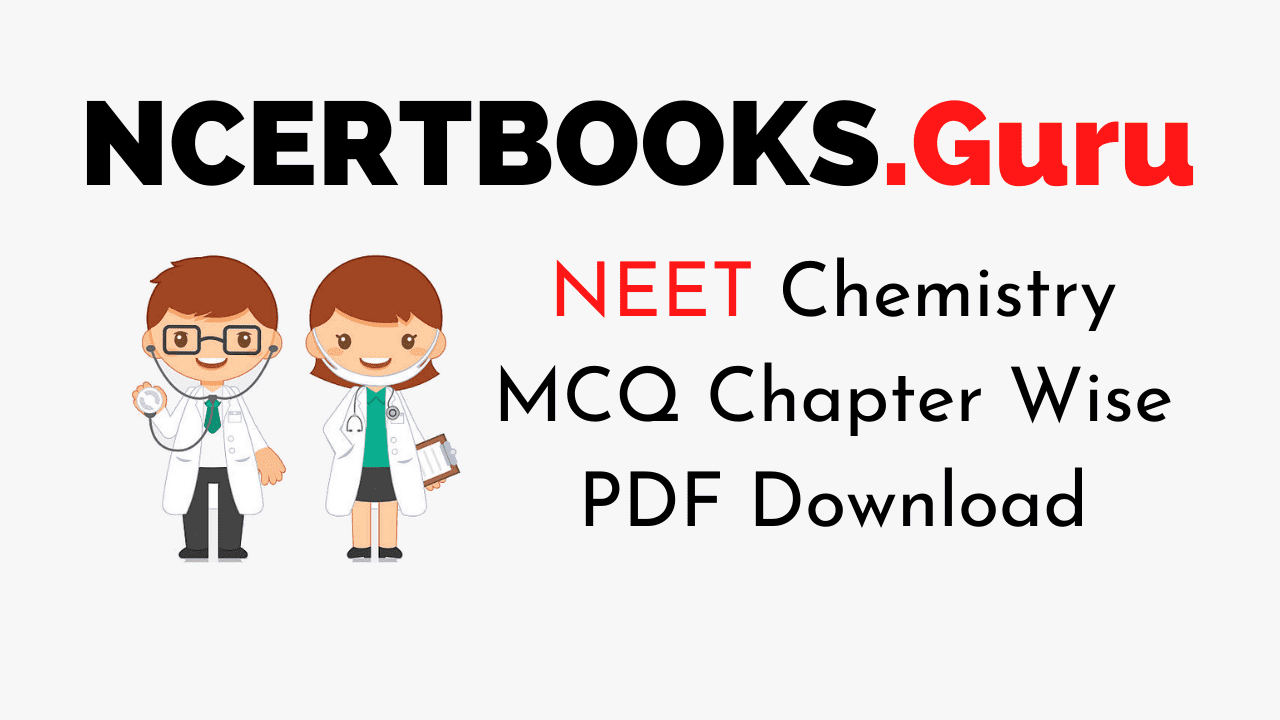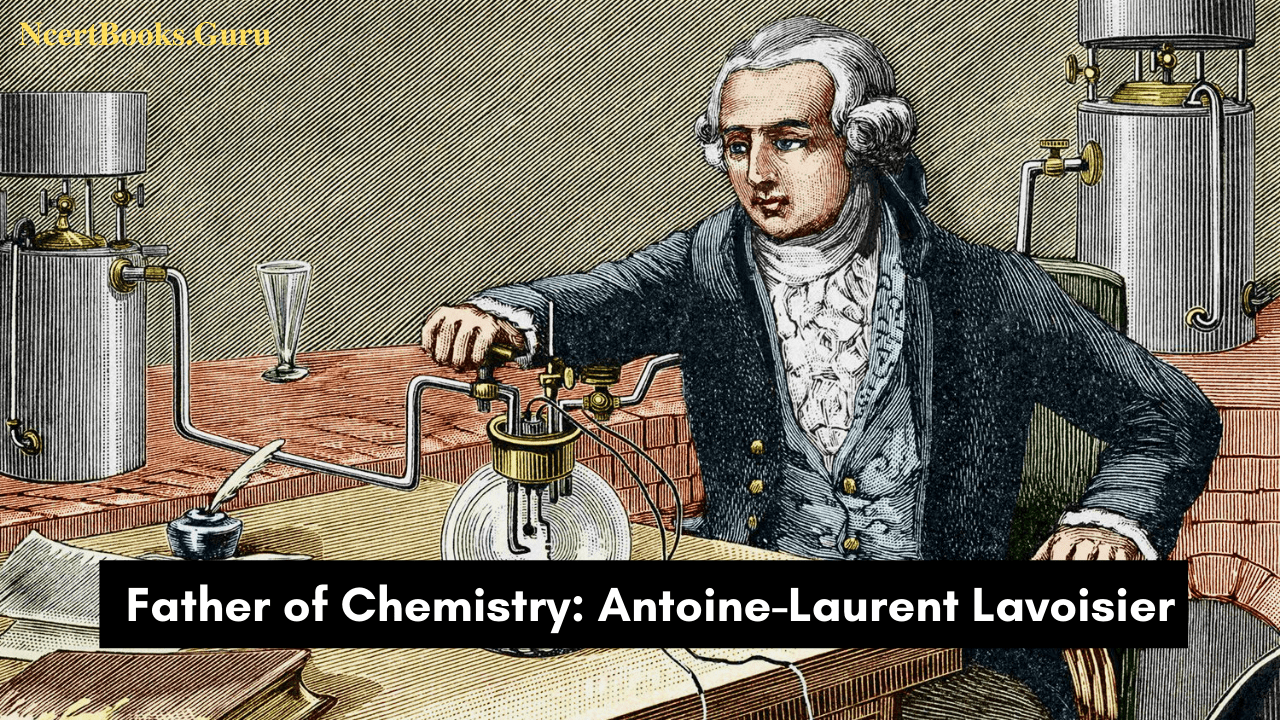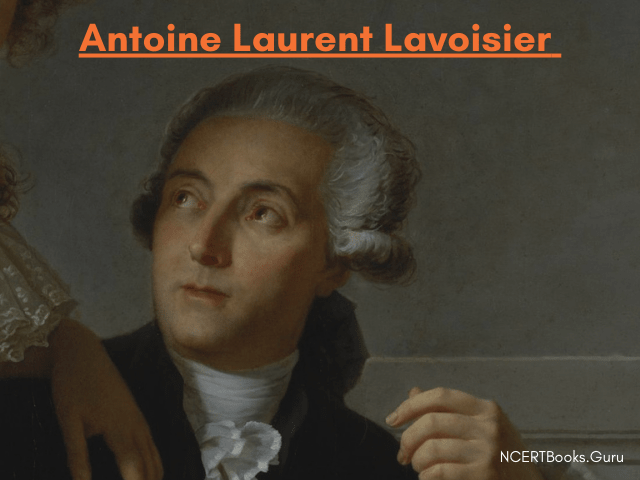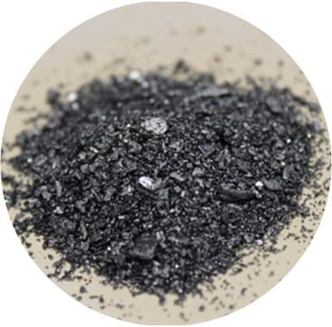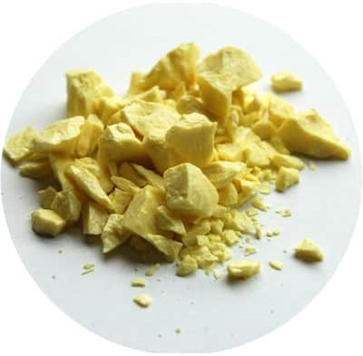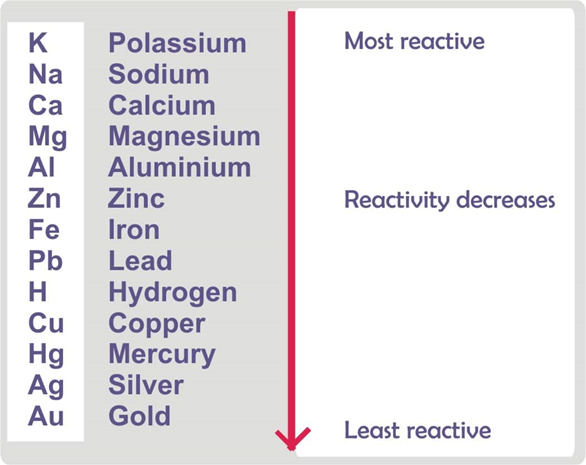Fe Electron Configuration – Properties
Iron mineral
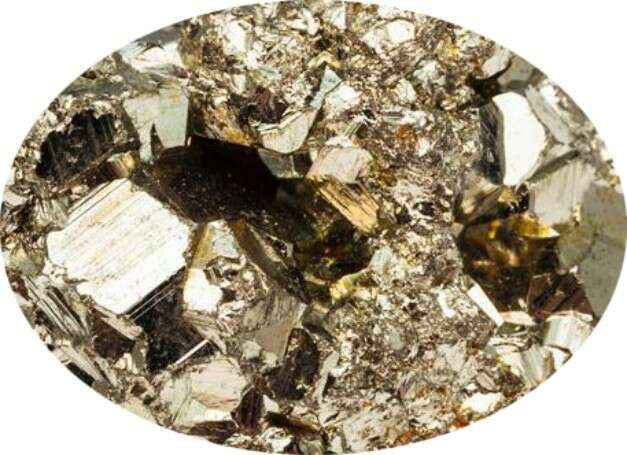
Other than being usually found on Earth, it is copious in the sun and stars, as per the Los Alamos National Laboratory. Iron is significant to the survival of living beings, as per Jefferson Lab. In plants, it assumes a job in the generation of chlorophyll. In creatures, it is a segment of haemoglobin — a protein in blood that conveys oxygen from the lungs to the tissues in the body.
90% of all metal that is refined nowadays is iron, as indicated by the Royal Society of Chemistry. A large portion of it is utilized to make steel — a combination of iron and carbon — which is thus utilized in assembling and structural building, for example, to make strengthened cement. Hardened steel, which contains in any event 10.5 per cent chromium, is very impervious to consumption. It is utilized in kitchen cutlery, apparatuses and cookware, for example, hardened steel dish and skillets. The expansion of different components can give steel other valuable characteristics. For example, nickel expands its solidness and makes it progressively impervious to warmth and acids; manganese makes it increasingly sturdy, though tungsten causes it to keep up hardness at high temperatures, as per Jefferson Lab.
Here are some facts about Iron
• Nuclear (number of protons in the core): 26
• Nuclear image (on the Periodic Table of Elements): Fe
• Nuclear weight (normal mass of the molecule): 55.845
• Thickness: 7.874 grams per cubic centimetre
• State at room temperature: Solid
• Dissolving point: 2,800.4 degrees Fahrenheit (1,538 degrees Celsius)
• Breaking point: 5,181.8 F (2,861 C)
• Number of isotopes (atoms of a similar component with an alternate number of neutrons): (incorporate what number of are steady isotopes): 33 Stable isotopes: 4.
• Most basic isotopes: Iron-56 (regular bounty: 91.754 per cent
• Blood is red as a result of the association among iron and oxygen, as per the blood looks red on account of the manner by which the substance bonds between the two components reflect light.
• Pure iron is in reality delicate and pliable,
• In 2007, specialists found a gigantic crest of iron-rich water emanating from aqueous vents in the southern Atlantic Ocean.
• Iron is fundamental for the development of phytoplankton — little marine microbes that utilization carbon dioxide from the air to fuel photosynthesis. A few specialists have along these lines contended that treating the seas with additional iron could help suck up abundance carbon dioxide. In any case, an examination distributed online in November 2010 in the Proceedings of the National Academy of Sciences found this probably won’t be such a smart thought, as this additional iron could really trigger the development of poison creating green growth that add to the pollution of marine untamed life.
• About 90 per cent of all metal that is distilled today is iron.
• Iron is a significant segment of a shooting star class known as siderites,
• An iron column dating to about A.D. 400 still stands today in Delhi, India, as per. The column is about 23.75 feet (7.25 meters) high and measures 15.75 inches (40 centimetres) in distance across. Regardless of being presented to climate conditions, the column has not consumed much because of its remarkable piece of metals.
• Examples of iron-rich substance incorporate meat, for example, hamburger, turkey, chicken and pork; fish, for example, shrimp, molluscs, shellfish and fish; vegetables, for example, spinach, peas, broccoli, sweet potatoes and string beans; bread and grains, for example, grain oats, entire wheat bread and advanced rice; different nourishments, for example, beans, lentils, tomato glue, tofu and molasses,
• The surface of Mars is red because of a lot of iron oxide (rust) on its surface, Mars has more than twice as much iron oxide in its outside than Earth.
• Earth’s strong internal and fluid external centres are fundamentally made out of iron (around 85 per cent and 80 per cent by weight, separately). The electric flow produced by the fluid iron makes the attractive field securing Earth, as per NASA. Iron is likewise found in the centres of the majority of the planets in the Solar System.
• Iron is the heaviest component framed in the centres of stars, as indicated by JPL. Components heavier than iron must be made when high mass stars detonate.
• The Latin name for iron is ferrum, which is the wellspring of its nuclear image, Fe.
• The word iron is perhaps gotten from before words signifying “heavenly metal” since it was utilized to make the swords utilized in the Crusades.
Electronic Configuration of Iron
Iron is a substance component with a nuclear number 26. It is the most well-known component that is found on the earth. In contrast to that of different components, iron exists at oxidation conditions of – 2 to +6. Basic iron happens in a low-oxygen condition despite the fact that it is receptive to water and oxygen.

Iron is portrayed by the capacity to shape variable oxidation expresses that vary in a couple organometallic sciences. Since iron is accessible in bounty in nature, it is some of the time named as a model for the whole square of a change metal. Ferric is the iron mixes, and ferrous is the iron mixes.
Mixes of iron are fundamentally shaped at +2 and +3 oxidation states. They may likewise happen at higher oxidation state + 6. One of the incredible models would be potassium ferrate. In a different biochemical oxidation response, Iron goes about as a middle of the road. Iron can’t achieve an oxidation condition of +8, and it is one of the primary components of its gathering.
Iron does not have 8 valence electrons, it just has 2, here’s the reason.
Oxidation state relies on the valence electrons and valence electrons are the electrons present in the external most shell of an ion
For Fe, n=4, N shell,
In Iron the electronic setup of Fe = 1s2 2s2 2p6 3s2 3p6 4s2 3d6 from the electronic setup and the beneath graph you may have an unmistakable thought regarding valence electrons in the Fe i.e., Iron has just 2 valence electrons.

For Fe when two 4s electrons are expelled, it has a +2-oxidation state and electronic arrangement of Fe+2 = 1s2 2s2 2p6 3s2 3p6 3d6
Presently, the n=3 turns into the external most shell, iron can lose electrons from this shell also more explicitly from the 3d subshell which has 6 electrons. When one electron from 3d subshell s expelled, iron has a +3-oxidation state and electronic arrangement of Fe+3 = 1s2 2s2 2p6 3s2 3p6 3d5 +2 and +3 are the normal oxidation conditions of Iron.
Electronic arrangement of iron is [Ar] 3d6 4s2. Irons particular crystalline structure and electronic arrangement make normally alluring to metals. It is named as ferromagnetic materials. Iron displays diverse sorts of allotropic structures despite the fact that they don’t contain a solitary crystalline structure. There are allotropic types of iron and are named as alpha, delta and gamma iron.
Iron displays these three allotropic structures at various temperatures when it chills off to liquid structure. The electronic setup of Fe2+ is 1s2 2s2 2p6 3s2 3p6 3d6 and Fe3+ is 1s2 2s2 2p6 3s2 3p6 3d5. Fe2+ contains 2 lesser electrons contrasted with electronic design of Fe.
Applications of Iron
- Nitrates and iron chloride are utilized as modern reagents. The iron sulphate is utilized in the fungicide.
- They are usually utilized in the assembling of structures of substantial boats, autos, different machine devices and machine parts.
- Iron Chloride utilized in treating sewage frameworks.
- Iron Sulphate is utilized to treat Iron Deficiency.
- Iron is these days utilized in different careful sorts of gear
History and properties of iron
Archaeologists gauge that individuals have been utilizing iron for over 5,000 years, as per Jefferson Lab. Truth be told, incidentally, probably the eldest iron known to people truly tumbled from the sky. In an investigation distributed in 2013 in the Journal of Archaeological Science, analysts analysed antiquated Egyptian iron dabs that date to around 3200 B.C. what’s more, found that they were produced using iron shooting stars. The Old Testament in the Bible additionally makes reference to press on numerous occasions.
Iron is generally acquired from minerals hematite and magnetite. In littler degrees, it can likewise be gotten from the mineral’s taconite, limonite and siderite, as indicated by Jefferson Lab. Iron has four diverse allotropic structures, which implies that it has four distinctive auxiliary structures in which particles bond in various examples. Those structures are called ferrites, known as alpha (which is attractive), beta, gamma and omega.
Iron is an imperative supplement in our eating regimen. Iron inadequacy, the most widely recognized wholesome insufficiency, can cause paleness and exhaustion that influences the capacity to perform physical work in grown-ups. It can likewise hinder memory and other mental capacity in youngsters, Ladies who have iron inadequacy while pregnant are at an expanded danger of having little and early children, the CDC cautions.
There are two sorts of dietary iron: heme iron and non-heme iron. Heme iron — which is the more promptly consumed kind of iron — is found in meat, fish and poultry, while non-heme iron — which is likewise ingested yet to a lesser degree than heme iron — is found in both plant nourishments, (for example, spinach, kale and broccoli) and meat. Individuals ingest up to 30 per cent of heme iron, contrasted with 2 with 10 per cent of non-heme iron, the ARC reports, including that nourishments wealthy in nutrient C, for example, tomatoes or citrus organic products can help ingest individuals assimilate non-heme iron.
Uses of Iron
1. Iron is a mystery – it rusts effectively, yet it is the most essential everything being equal.
2. Most is utilized to make steel, utilized in structural designing (fortified solid, braces and so forth) and in assembling.
3. There are a wide range of sorts of steel with various properties and employments. Normal carbon steel is a composite of iron with carbon (from 0.1% for gentle steel up to 2% for high carbon steels), with little measures of different components.
4. Combination steels are carbon steels with different added substances, for example, nickel, chromium, vanadium, tungsten and manganese. These are more grounded and harder than carbon steels and have a gigantic assortment of uses including spans, power arches, bike chains, cutting apparatuses and rifle barrels.
5. Hardened steel is impervious to consumption. It contains in any event 10.5% chromium. Different metals, for example, nickel, molybdenum, titanium and copper are added to improve its quality and functionality. It is utilized in design, heading, cutlery, careful instruments and adornments.
6. Cast iron contains 3– 5% carbon. It is utilized for funnels, valves and siphons. It isn’t as intense as steel however it is less expensive. Magnets can be made of iron and its amalgams and mixes.
7. Iron impetuses are utilized in the Haber procedure for creating smelling salts, and in the Fischer– Tropsch process for changing over syngas (hydrogen and carbon monoxide) into fluid energizes.
8. Iron is a basic component for all types of life and is non-dangerous. The normal human contains around 4 grams of iron. A great deal of this is in haemoglobin, in the blood. Haemoglobin conveys oxygen from our lungs to the cells, where it is required for tissue breath.
9. People need 10– 18 milligrams of iron every day. An absence of iron will make sickliness create. Sustenance, for example, liver, kidney, molasses, brewer’s yeast, cocoa and liquorice contain a great deal of iron.
10. Iron is the fourth most plentiful component, by mass, in the Earth’s covering. The centre of the Earth is believed to be to a great extent made out of iron with nickel and sulphur.
11. The most well-known iron-containing metal is haematite, yet iron is found generally appropriated in different minerals, for example, magnetite and taconite.
12. Financially, iron is delivered in a shoot heater by warming haematite or magnetite with coke (carbon) and limestone (calcium carbonate). This structures pig iron, which contains about 3% carbon and different debasements, however, is utilized to make steel. Around 1.3 billion tons of unrefined steel are created worldwide every year.
